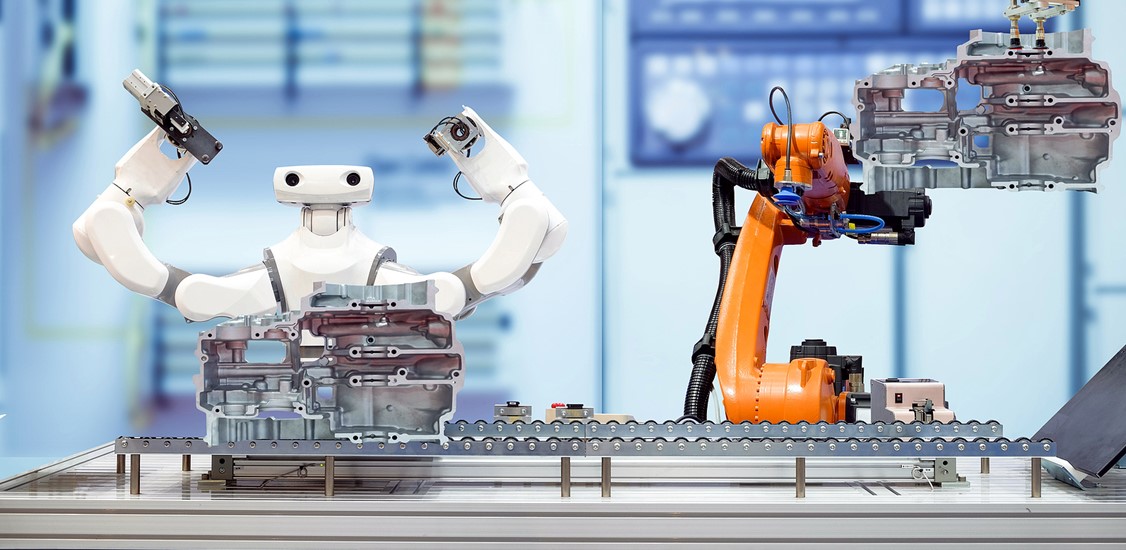What is true network automation, and how can we achieve it?
In a world where the metaverse, smart cities, and digital payments exist – there is a critical dependency on communication networks. From my perspective, Communication Service Provider (CSP) Networks will become the most mission-critical because they have the largest number of points of presence and interconnects that connect institutions and people to the internet.
To support our digital future, CSP networks must become more agile and responsive. They must also provide the capability to be delivered as a Service (NaaS). Finally, these networks must provide higher degrees of flexibility to allow Network operators to customize service delivery which gives more power to their customers to order and tear down services as they require. All of this requires true interoperability between different processes within a CSP, and automation is needed to make it all work.
Automation lessons from the auto industry…
Network automation is an evolving journey. Every technological advancement act as a new baseline and further advancements are built on top. Before talking about the network automation landscape, let's draw a parallel with the auto industry to understand what is meant by an "evolving journey." Today, Tesla is leading the electric vehicle market as well as automated driver assistance systems. As a result, millions of miles of automatic guidance have been realized. It has not been without challenge, but even with modest success, there is more to accomplish.
Well, even if we made the Tesla Autopilot system 100% error-free and flawless, can we still call it a day with automated driving? Or is there something more to it? In my view, truly automated driving will happen not only when the cars have a way to take instructions from the driver and act on them but when they can talk to each other on the road to adjust their speeds, inform about accidents, diversions, etc. on the road, take essential instructions from the law enforcement, talk to another type of vehicles. Even the roads must be far more equipped to handle such vehicles.
The same could be said about any CSP today and the services it offers. There are several undeniable facts:
- To offer global services, CSPs must partner with each other depending on a strong local presence.
- The state of the services in the network has to be updated in real-time to every single corresponding business process like billing, accounts, etc., besides the customer.
- As newer technologies are introduced, such as cloud computing, CSPs must continually update catalogs of services to reduce time to market and to be at par with the competition.
- Offering services often requires changes and configuration of devices and systems belonging to different operational domains (like IP, Transport, Radio, Optical, Cloud Provider, etc.) with entirely different sets of resources, requirements, controllers, databases, and more.
- Today's systems are highly disconnected and do not speak the same language, thus, giving rise to very slow, error-prone, and human-intensive actions to patch them together.
These statements are corroborated by a survey focused on Network Lifecycle Automation conducted by TMForum, a consortium of companies that include CSPs, IT, Network, and automation vendors that have implemented 5G networks. It’s a report worth reading.
Navigating the vast tool landscape
To build the networks of tomorrow, more challenges must be resolved today. Delivering an end-to-end service like VPNs or optical services often requires CSP engineers to interact with many different technologies or, as TMForum calls it, operational domains.
One of the big challenges is that these technologies, like the Optical/Radio Transmission Systems, IP Networks, Test Agents, and more, all have their own orchestration and resource management tools. These tools are usually designed for southbound movement only, ignoring critical northbound operations. As a result, these tools work well within an operational domain or silo but do not necessarily work with similar tools from other domains.
In such a scenario, the CSP is left with many tools to manage. With limited domain knowledge, this can result in confusion, inefficiency, and wasted resources. This creates the need for an E2E Service Manager that comprehends both parent and child tools. A Parent tool must talk with and understand most child tools that belong to operational domains. A tool that can also take high-level instructions from various organizational bodies and systems and translate them to low-level instructions is valuable for the child tools. In some scenarios, it may be possible to avoid the use of child tools and simplify deployments. In the long run, this might lead to a complete replacement of domain-specific tools and resource managers, which will surely help overburdened CSPs with tool reduction and simplification while gaining efficiency in day-to-day operations.
Conclusion
At the end of the day, the services of tomorrow, such as the metaverse, smart cities, smart transport systems, and advanced digital payment systems, will require fully automated networks. CSPs will need to deploy scalable networks quickly and on a global basis while running wide-ranging services on top of them in hours, minutes, or even seconds. CSPs will need to also offer their networks to different stakeholders as a Service in a more controlled and secure fashion. The power of NaaS will only be realized when internal systems that operate the networks adhere to common standards or Open APIs, the tool clutter is at an all-time low, and the organization has a much better understanding of all the resources it has and can offer to its customers.
Sources:
TMF Consortium Members: Current members - TM Forum
TMF 5G enabled CSPs Survey Report: Network lifecycle automation: can CSPs optimize 5G investment?
IG1224 Report from TMF: IG1224 NaaS Service Management v9.0.0 | TM Forum
TMF Open APIs: Open APIs - TM Forum






















